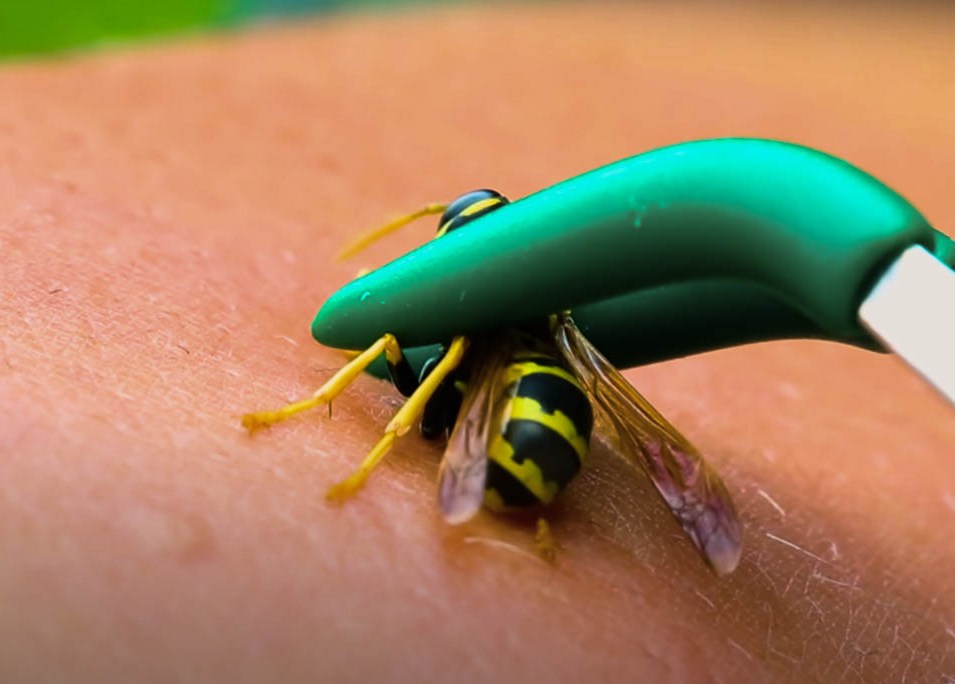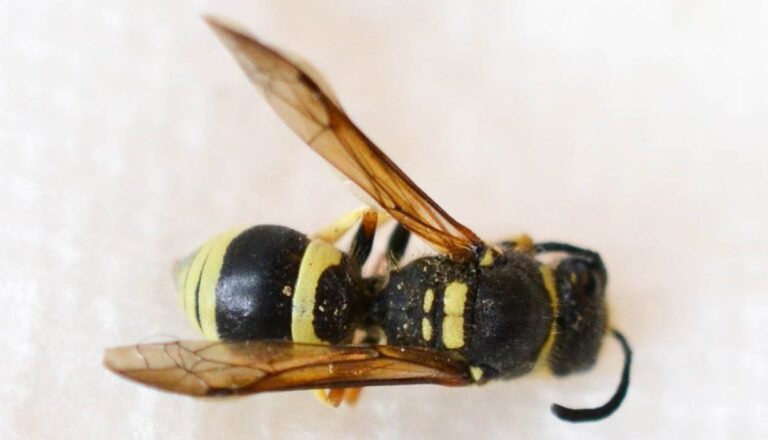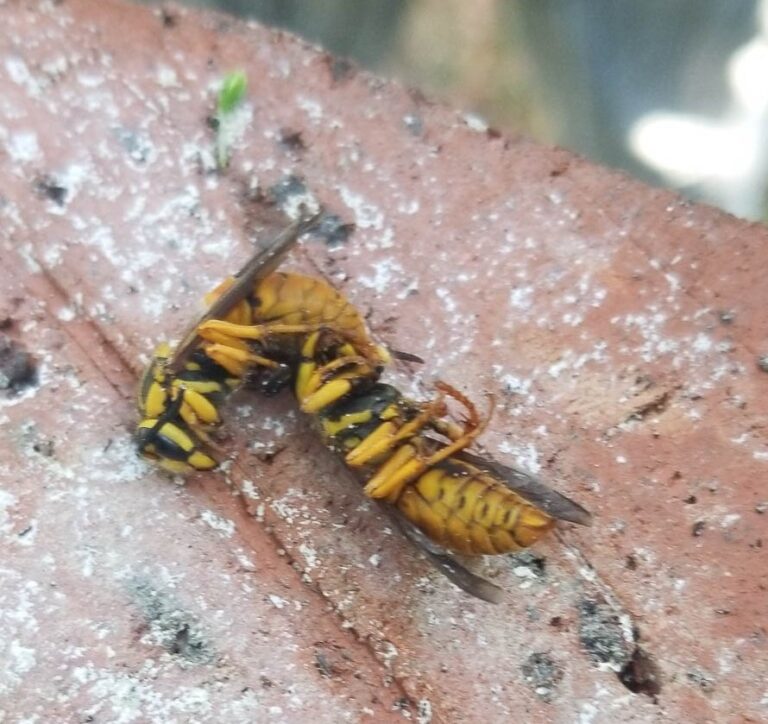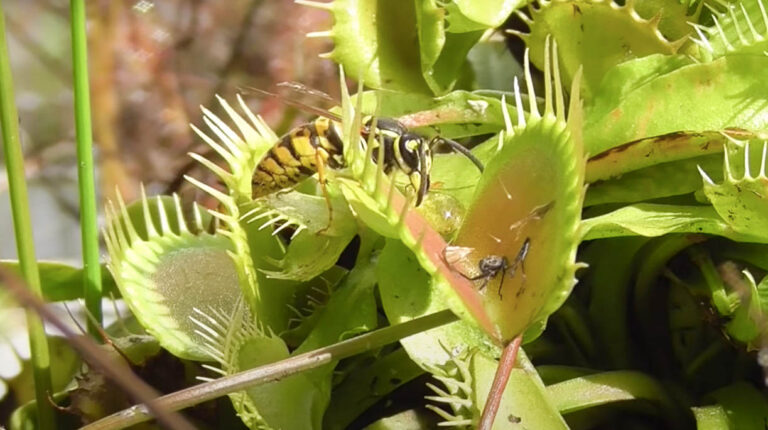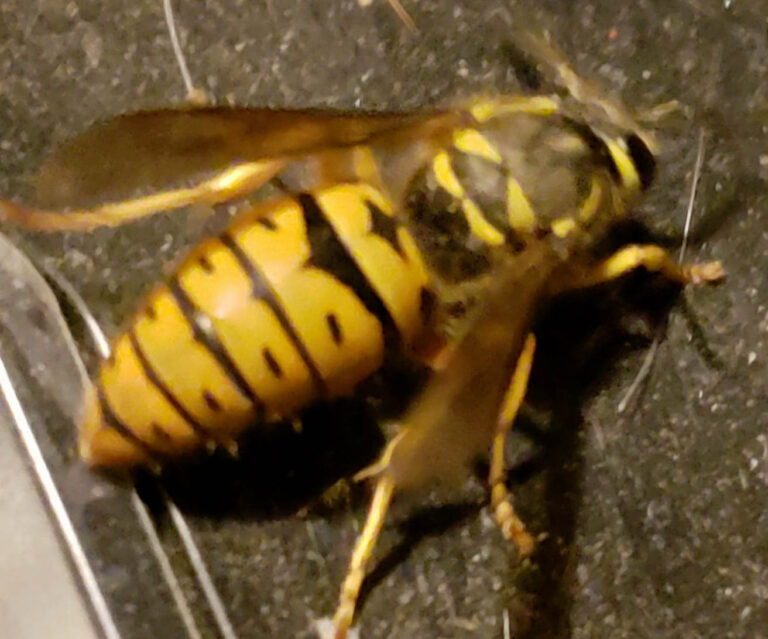A guide on yellowjacket stings
A Guide on Yellowjacket Stings
Yellowjackets are small wasps notable for their black and yellow stripes. If that sounds an awful lot like a bee, you’d be forgiven for getting confused. However, there are some critical differences. First, yellowjackets don’t produce honey, nor are they nearly as friendly as bees. Instead, they’re notoriously territorial. Approach their nest, and an angry swarm of yellowjackets will greet you, stingers primed. Unlike bees, they won’t only sting once. Instead, they will sting repeatedly. Their venom, which is injected once the stinger has pierced your sting, packs quite a punch. For hours afterward, the area around the sting will be inflamed and red. It is also common to experience fatigue, itching, and warmth at the sting site.
Yellowjacket sting symptoms
As mentioned, following a sting, you’ll experience the classic features of inflammation: redness, swelling, heat, pain, and loss of function. These symptoms will persist for several hours, but will gradually fade.
However, some people will experience much more severe symptoms due to an allergic reaction or anaphylaxis. Anaphylaxis is an extreme and life-threatening allergic reaction. If you see or experience any of the following symptoms, please seek emergency medical assistance:
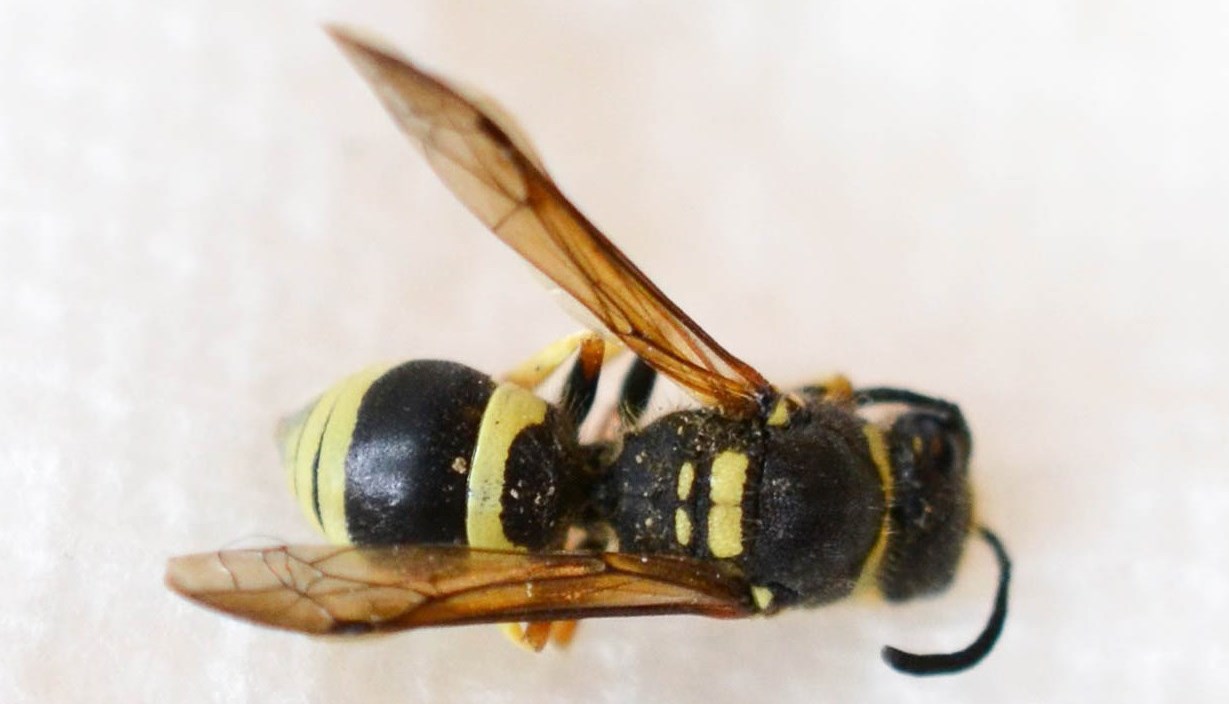
- Skin changes, such as hives
- Vomiting or diarrhea
- Coughing or wheezing
- Swallowing problems, tightness in the throat, or difficulty breathing
- Tongue swelling
- Light-headedness, dizziness, or passing out
- Confusion
- Rapid heart rate
Anaphylaxis
In the case of anaphylaxis, you may need to perform emergency treatment.
- First, call 911.
- If the person has an epinephrine (adrenaline) pen, then inject them.
- Lie them on their back, cover them in blankets, and raise their feet.
- Loosen their clothing.
- If vomiting or bleeding, place them on their side.
- Do not give them oral medication or anything to drink.
If they cannot breathe, consider performing CPR. Anaphylaxis can occur rapidly: within five to ten minutes. So, the sooner you act, the better chance the person has of surviving.
Treating a Yellowjacket Sting
If you’ve ever been stung by a bee, you’ll know you needed to pull the stinger out. With a yellowjacket sting, this isn’t the case. Instead, follow these steps to soothe the pain and treat the injury.
- Wash the sting site with soap and water.
- Place an ice or cold compress on the sting site. This will help reduce inflammation and swelling. Leave on the site for at least 20 minutes, for best results.
- Take an antihistamine. The chemical histamine controls the reaction to the sting. This causes swelling. By taking an antihistamine, you can counteract the effects and reduce your symptoms. Antihistamines can also be applied topically.
- Try a home remedy. There are many traditional home remedies, from baking soda and water, vinegar and commercial meat tenderizers. These have varying results, but will generally reduce the symptoms by neutralizing the venom. Use a cotton swab or ball to apply.
